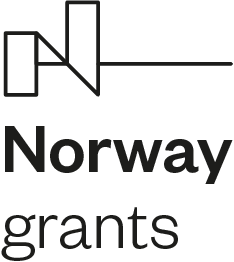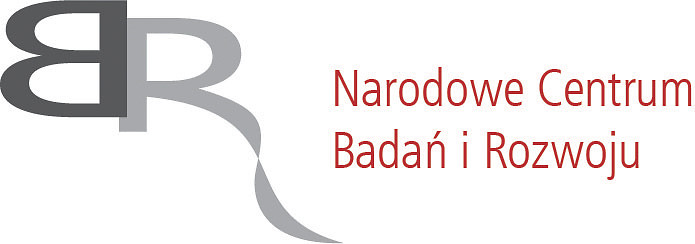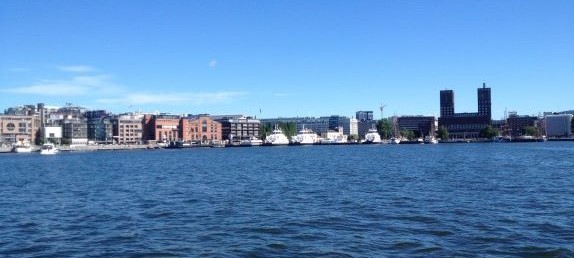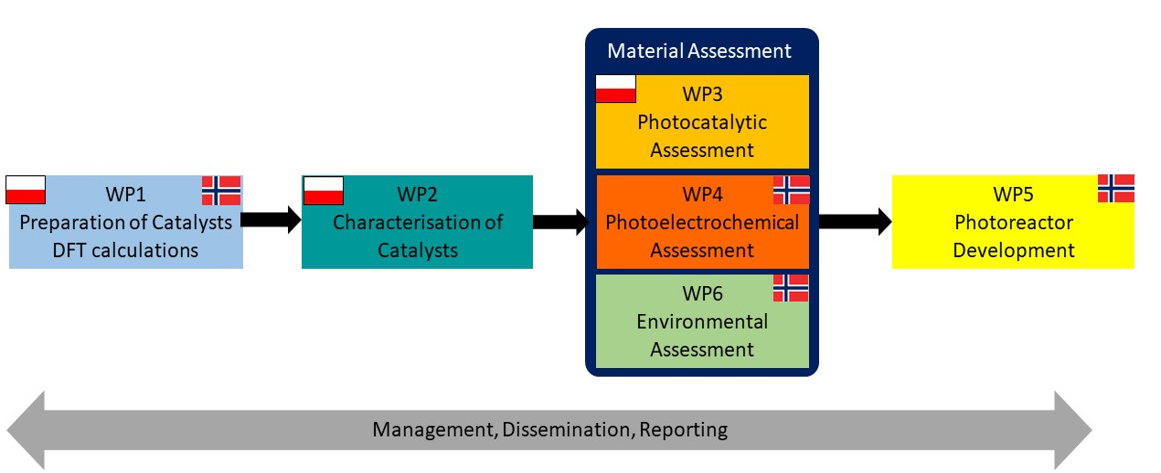Zachodniopomorski Uniwersytet Technologiczny w Szczecinie
- Modify the new photocatalysts using generated Ti3+ sites.
- To convert at least 10 micromole of CO2/g/h under UV at ambient conditions and to maintain the activity at the same level for at least 200 h.
- Develop successful small-scale photo- and photoelectrical silica glass reactors and use these as a basis for designing and fabricating large-scale (increased several times) and upgraded reactors made of stainless steel and quartz glass.
- Conduct a 'safe by design' environmental assessment of the photocatalysts produced.
- Increase social awareness of the CCS and CCU issues.
- WP1 – Fundamental calculation and preparation of photocatalysts. WPUT, USN (M1-M30).
Leader: prof. Iwona Pełech - WP2 – Characterisation of photocatalyst samples prepared in WP 1. WPUT (M8-M36).
Leader: prof. Ewelina Kusiak-Nejman - WP3 – Photocatalytic assessment. WPUT (M1-M36).
Leader: prof. Antoni W. Morawski - WP4 – Photoelectrochemical assessment. USN (M4-M36).
Leader: prof. Kaiying Wang - WP5 – Designing and construction of photoreactors. SINTEF (M4-M36).
Leader: dr. Richard Blom - WP6 – Environmental impact assessment of the catalyst materials. SINTEF (M4-M30).
Leader: dr. Andy Booth.
- WP1 (M1-M30) start Sept 2020
- WP2 (M8-M36) start April 2021
- WP3 (M1-M36) start Sept 2020
- WP4 (M4-M36) start Dec 2020
- WP5 (M4-M36) start Dec 2020
- WP6 (M4-M30) start Dec 2020



